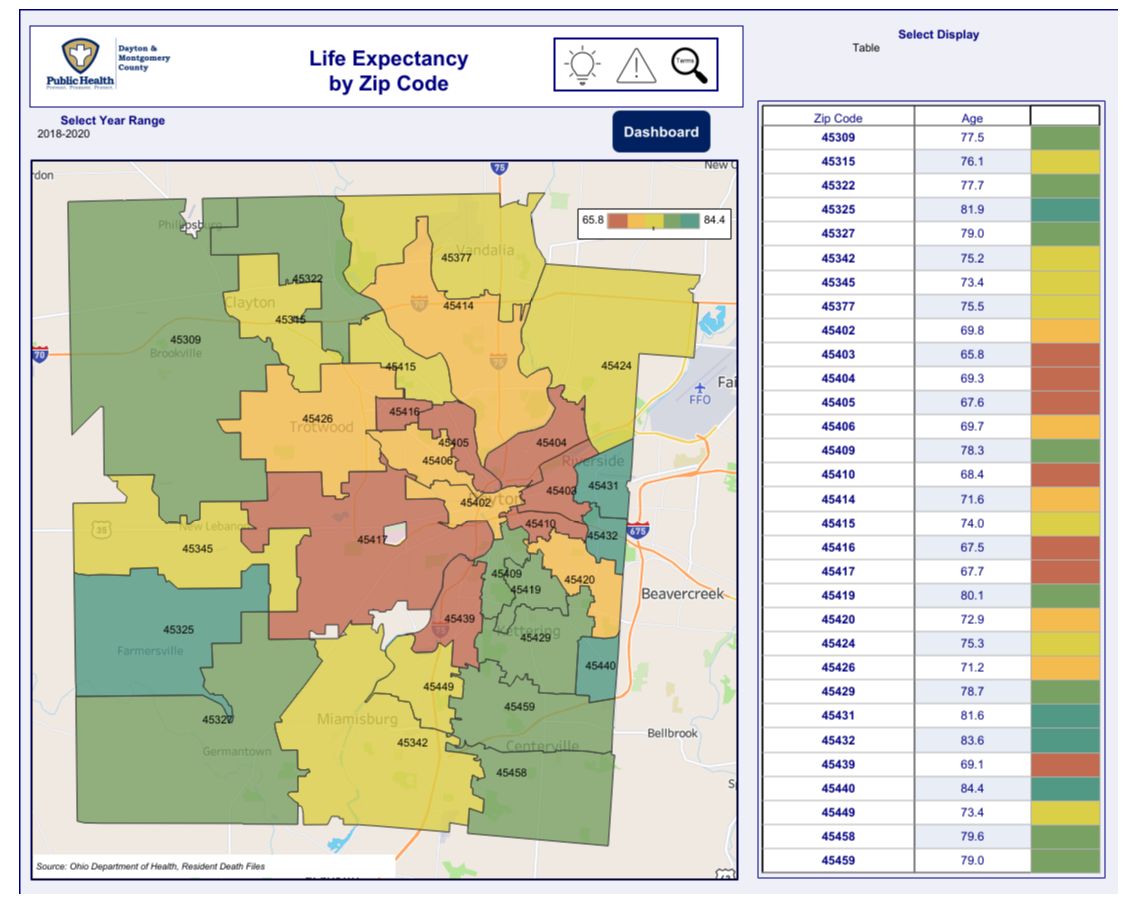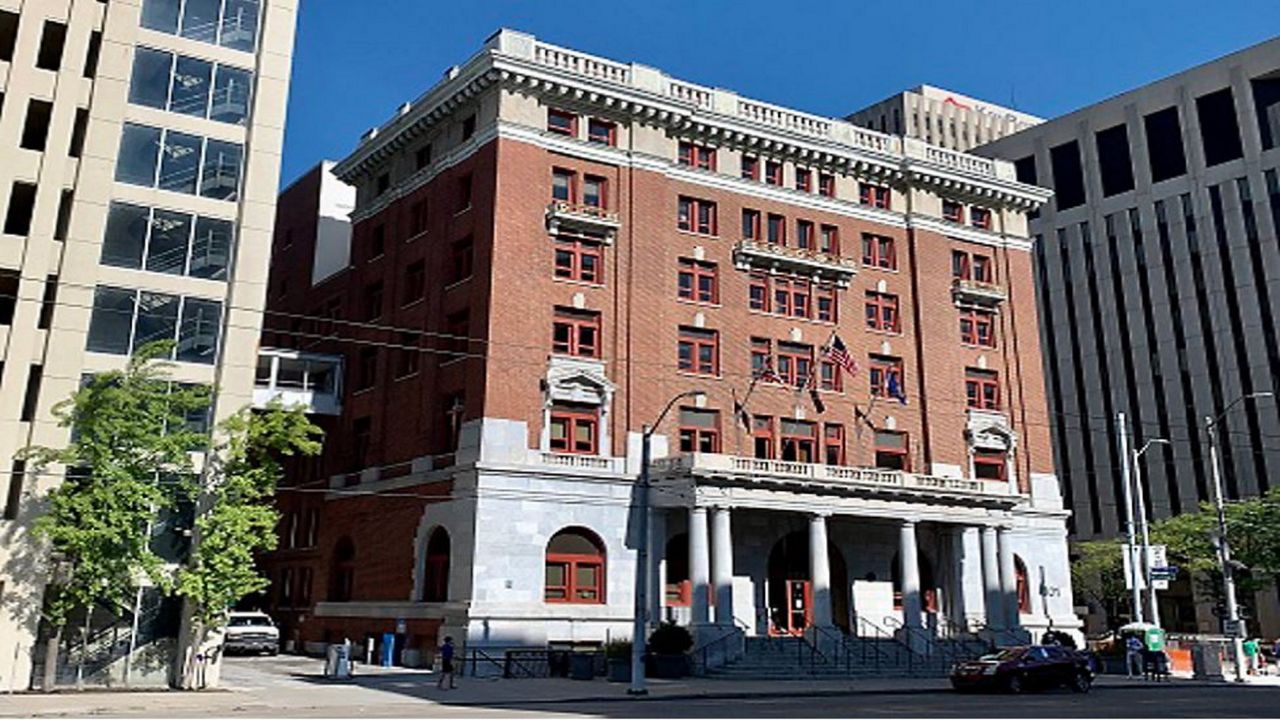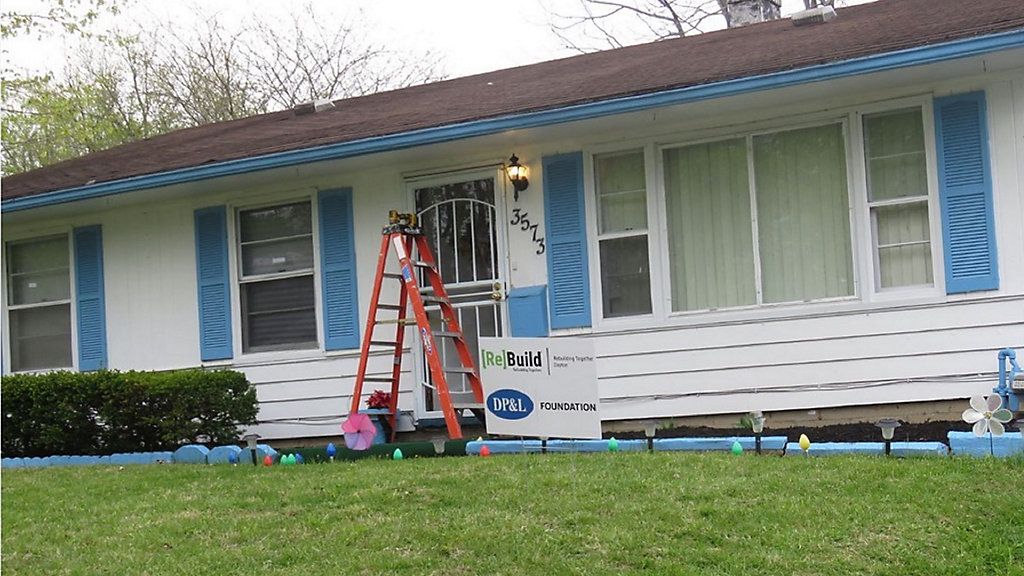DAYTON, Ohio — John Zimmerman believes quality housing is more than just having a decent place to sleep or watch a movie. He feels it’s about having a home in a community that seems conducive to a person living their best possible life.
Zimmerman is vice president of Miami Valley Fair Housing Center, an organization working to eliminate housing discrimination. It helps people denied housing because of their race, religion, sex or other protected classes under local or federal laws.
Zimmerman will be one of several speakers in attendance for Dayton’s second annual Fair Housing Symposium.
What You Need To Know
- The second annual Fair Housing Symposium is Thursday morning at the downtown Dayton Metro Library
- Authorities on housing-related issues will focus on housing as a health care issue
- Life expectancy in many lower income areas is much lower than the rest of the Miami Valley
- Event participants hope to work with regional partners on a collaborative, long-term approach
Hosted by Dayton’s Human Relations Council (HRC), the event is Thursday, Oct. 27 from 10 a.m. to 2:30 p.m., at the downtown Dayton Metro Library Eichelberger Forum. Doors open at 9:30 a.m. for registration.
The symposium is free to attend and open to the public. HRC is providing lunch to those who register.
“Fair housing is all about access,” Zimmerman said. “It’s about making sure there’s an even playing field for everyone to have access to housing that is next to all the amenities that make our lives healthy — good playgrounds, good education, access to doctors, access to good food, and things like that.”
The focus of this year’s symposium is addressing the connection between housing issues and community health disparities.
Besides Zimmerman, other speakers taking part in the panel include Amaha Sellassie of Sinclair Community College, Emma Smales with Public Health — Dayton & Montgomery County (PHDMC) and Joshua Barr, the director of the Des Moines, Iowa, Civil and Human Rights Commission.
HRC is also bringing in experts to take part in a series of breakout sessions — housing providers, tenants, attorneys and civil rights leaders, as well as anyone else who wants to attend.
Topics range from eviction rights to avoiding discrimination in the housing appraisal process to dealing with perceived biases against people who pay for housing using a government voucher.
Established in 1962 by the City Commission, the HRC works to create a culture of fair treatment, inclusion and equal access to opportunities in Dayton, Part of its mission is to enforce local fair housing laws.
“Fair housing is about giving people the access to quality, affordable housing in a community that they choose,” HRC Executive Director Erica Fields said. “That also means that living situation is free from discrimination, free from bias, free from harassment, and to know that you can live there safely, and feel welcomed.”
A problem decades in the making
As part of his presentation, Zimmerman plans to show a map of Dayton from the 1930s showing the areas of the city that financial lending institutions “redlined” or “greenlined.”
“Redlining” and “greenlining” are a ranking system banks used decades ago to determine if they should give loans or make other investments in a particular area. Neighborhoods considered high risk or “hazardous” were often redlined, making it difficult for them to access necessary capital to improve the housing and economic opportunity for residents.
The federal government outlawed the practice under the Fair Housing Act of 1968. Still, many of the redlined areas in Dayton and elsewhere around the country were home to minorities or those with a lower income.
“If we look at the redline areas compared to the green areas, or the African-American areas versus the majority white areas, we see that still today in those formerly redlined areas we see lots of disinvestment and other disparities,” Zimmerman said.

Zimmerman noted the result of a lack of access to things that affect not only a person’s health but their overall wellbeing. He gave an example of Route 35, a four-lane highway that separates the western part of Dayton from the suburbs in the eastern part of the county.
“They’re like two different worlds,” Zimmerman said. “There are very few businesses on the west side and if you go east, there are car dealerships and all kinds of grocery stores and retail options. Those types of things impact a person’s self care and health care.”
Between 2018 and 2020, life expectancy for residents in zip code 45403 was just 65.8, according to data from PHDMC. While in zip code 45440 — which includes cities like Beavercreek, Kettering, Centerville and Bellbrook — life expectancy during that time period was 84.4.
“Fair housing is actually a health equity issue, because neighborhood stability and overall Neighborhood Health Quality is determined by our zip codes,” said Sellassie, a public sociologist whose work focuses on health equity.
Looking at the social determinants of health — lack of access to fresh fruits and vegetables, lack of transportation, air quality — are all major factors in these communities, Sellassie said.
But it starts with housing.
“If you don’t have access to quality housing, stable housing, you’re more likely to repeat the cycle of poverty or intergenerational poverty,” he said. “Providing more access to affordable housing would be one of the biggest cures for a lot of the ills in the community.”
Thursday’s event isn’t just focused on Dayton but also the broader Miami Valley region.
Right now, the availability of affordable stock is “poor,” Sellassie said. While there are some public housing sites, there’s not a lot of opportunity for those who have limited income to move into affluent neighborhoods with more quality of life services, like education.
Instead, Sellassie said, what develops are “sacrificial zones,” or areas where residents who are lower income end up living because they have no where else to go.
“And then those geographies are abandoned and not given the full structural resources necessary to thrive,” he said.
Sellassie is glad regional partners are taking part. He believes a key part of addressing the housing issue is developing a “shared vision” for the Miami Valley.
“The challenges being faced in one part of the region affect all of us,” he said. “The better we understand that what affects us, affects us all, we can develop better policy practices amongst each other to raise all boats.”
Keeping the conversations going
While the symposium is an annual event, Fields noted that the timing is specifically apt given the influx of federal dollars coming into Dayton and communities across the country through the American Rescue Plan Act and eventually the Bipartisan Infrastructure Law.
She voiced an appreciation to the City Commission for making a commitment to prioritizing the influx and inflow of dollars into Dayton communities, especially those disproportionately affected by the pandemic.
As part of its Dayton Recovery Plan, the city is dedicating $15.8 million of $55 million in ARPA money to target stabilization and demolition over the next three years.

As of late June, Dayton had more than 1,000 properties identified for demolition. Last week, the city announced it was investing $1.8 million in federal money to renovate or repair owner-occupied homes in several of its low-income or vulnerable neighborhoods.
“This is an absolutely transformational period and a critical period here in Dayton,” Fields said. “It’s critical to have these conversations to inform our decision-making because we want to continue these successes and sustain these investments even after the ARPA dollars run out.”
Dayton has been having discussions with stakeholders for a long time, Field said. The city’s department of Planning, Neighborhoods and Development has hosted a series of conversations around housing. They’ve also developed a housing roundtable and created an eviction task force.
Commissioner Shenise Turner-Sloss has also been gathering input from the community in terms of specific needs around housing, Fields said.
HRC plans to continue collecting information to keep the conversations moving forward — and that starts Thursday morning.
“We can’t do any of this without community voice and commitment,” she added. “We want to make sure that folks know what is going on and how they can connect.”



